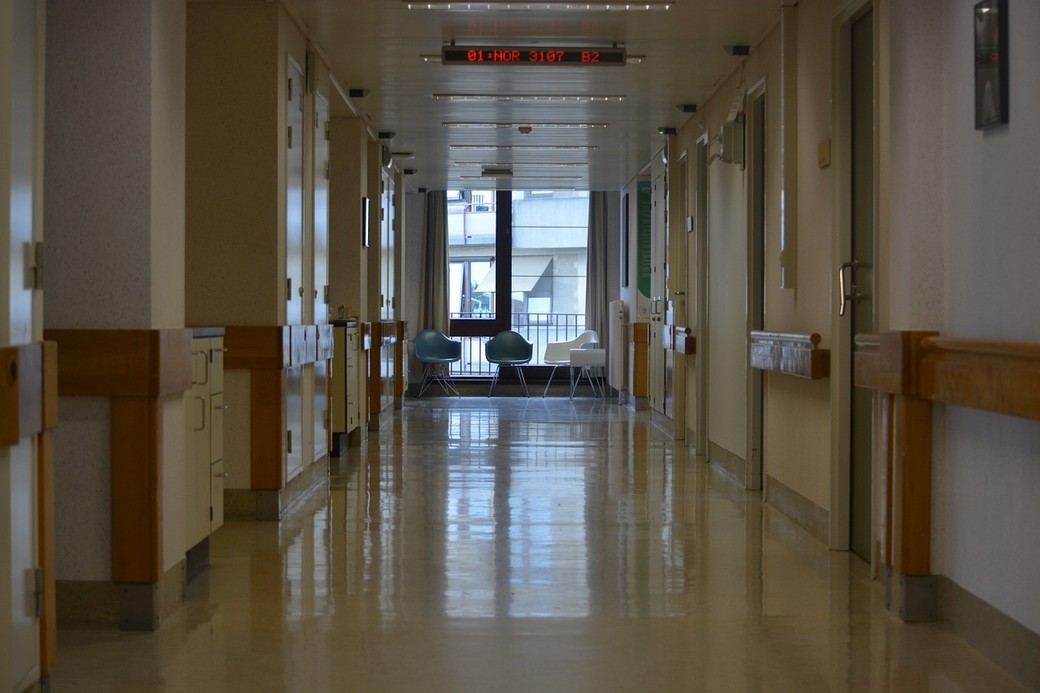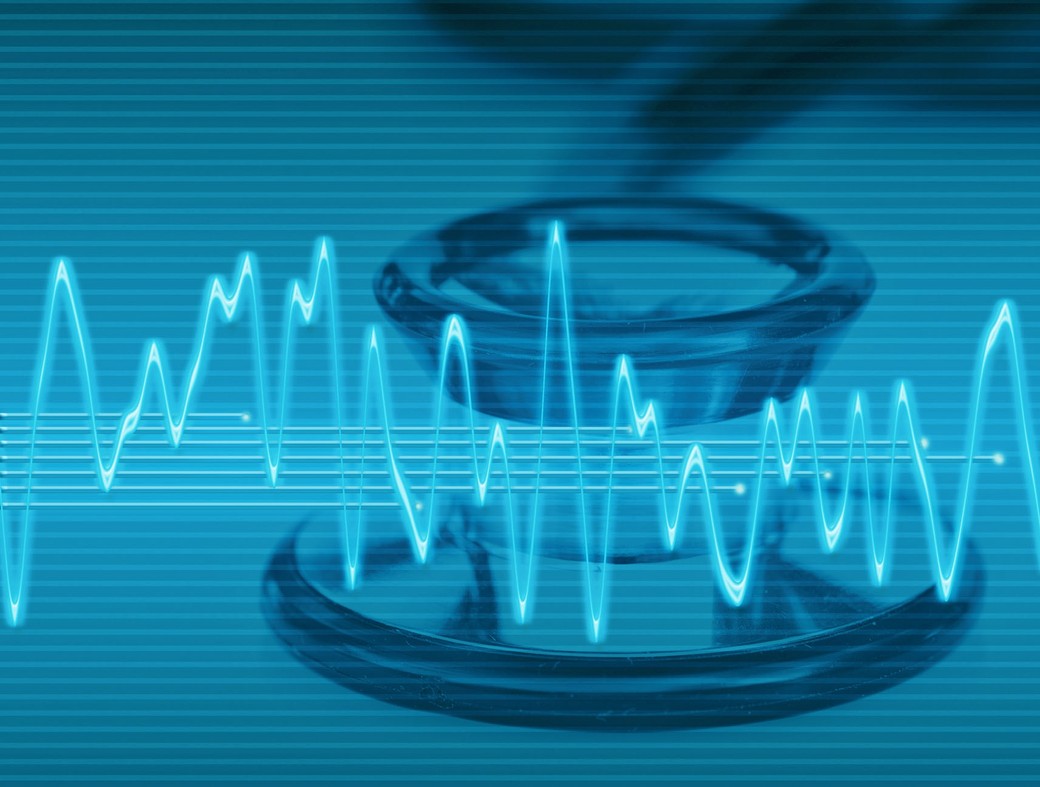
Waiting for emergency care – how long is too long?
By Alan Katz and Jennifer Enns
Emergency departments in Canada are very busy places. Every year, Canadians make about 16 million visits to emergency rooms and more than one million Canadians are admitted to hospital through emergency departments.
Given how complex it is to assess, treat and admit this large and variable population to hospital, it likely comes as no surprise that nearly all emergency department patients spend some of their time in hospital, waiting.
Emergency department wait times are a matter of concern for many Canadians. We wonder if we, or our loved ones, will have to wait in pain or discomfort for hours before being seen. Or if a life-threatening condition could get worse while we wait.
Let’s face it – most of us have been there; wondering what’s taking so long and hoping they’ll call out our name next. No one likes waiting, especially for urgent care.
Several research studies have explored the factors that contribute to wait times. A few studies have shown that emergency departments can become overwhelmed by the sheer number of patients arriving for care. Emergency medicine clinicians and leaders often point to hospital overcrowding as the main culprit for longer waits because patients who are waiting to be admitted to hospital occupy stretchers that would otherwise be available to new patients.
These observations highlight important opportunities for improving wait times. But one aspect of emergency care that has not been well studied is the time it takes to assess patients’ conditions once they have been seen by a practitioner in the emergency department.
How long patient assessment takes depends partly on how sick the patient is, but can also be influenced by other factors, such as the need for blood tests, x-rays or consultation with other healthcare specialists.
So how long do we wait for care?
A recent study led by Dr. Malcolm Doupe at the Manitoba Centre for Health Policy provides a detailed picture of the many factors affecting Winnipeg’s emergency department wait times — and also studies the patient assessment period for the first time.
The study team used the relatively new Emergency Department Information System (EDIS) to track patients as they move through emergency from their initial assessment (triage) to treatment, and then to hospital admission or discharge back to the community.
They found that Winnipeg emergency departments are functioning moderately well in most instances, even though they are often at more than 100 percent capacity during daytime hours. Across all types of emergency department, half of the patients had a visit time of 5.1 hours or less, and half stayed longer than 5.1 hours. With a national wait time average of 4.4 hours for emergency departments, there’s clearly plenty of room for improvement.
It was a better news story for urgent care. The study corroborated many findings from previous studies and found that wait times were very short (median wait time of six minutes) for those who needed care immediately. For less urgent conditions, wait times varied and depended on how many higher urgency patients were receiving care, and how many other lower urgency patients were waiting.
But the study’s striking finding was the importance of the diagnostic testing process in determining wait times – a new piece of evidence that will help us find solutions.
Diagnostic tests are an essential part of an emergency doctor’s work, but when tests and scans were ordered, wait times for other patients began to climb significantly. For example, Winnipeg’s emergency departments had periods of time where up to 45 percent of treatment areas were occupied by patients waiting for x-rays or other tests. During these peak periods, wait times for patients with moderate to less urgent conditions could increase from 15 minutes to as much as 5 hours.
These findings indicate that new strategies to shorten wait times should be considered. Could processes within the emergency department be streamlined to reduce the time it takes to get tests done? Are diagnostic tests quickly available at all hours and at all emergency departments? Are community-based providers sending patients to emergency departments to access diagnostic tests that would best be done in doctors’ offices?
Bringing about improvements to wait times in emergency departments will require collaboration and new approaches between leaders and experts in emergency medicine. But there’s no reason we can’t get there. Patients deserve no less.
 Alan Katz is an expert advisor
Alan Katz is an expert advisor
with EvidenceNetwork.ca
and Director of the Manitoba
Centre for Health Policy.
He is a practicing Family Physician
and the Research Manitoba/Heart
and Stroke Chair in Primary
Prevention Research.
 Jennifer Enns is a postdoctoral
Jennifer Enns is a postdoctoral
research fellow at the Manitoba
Centre for Health Policy.
She has expertise in population
health, health equity, and
knowledge translation.







